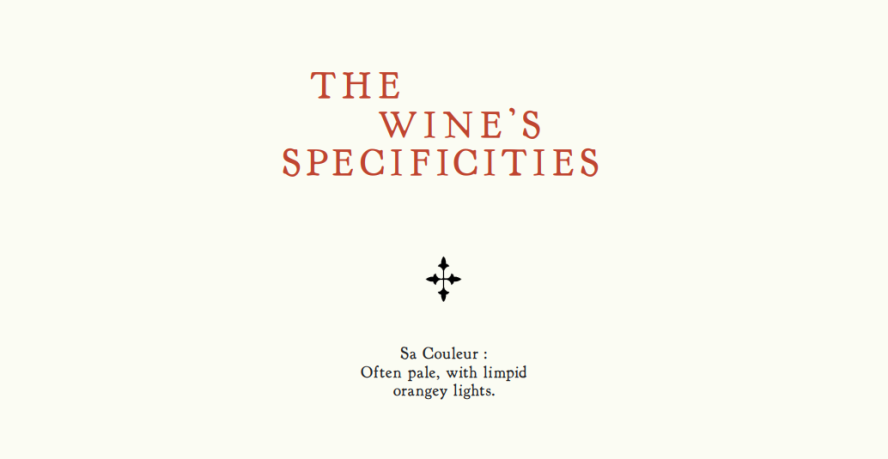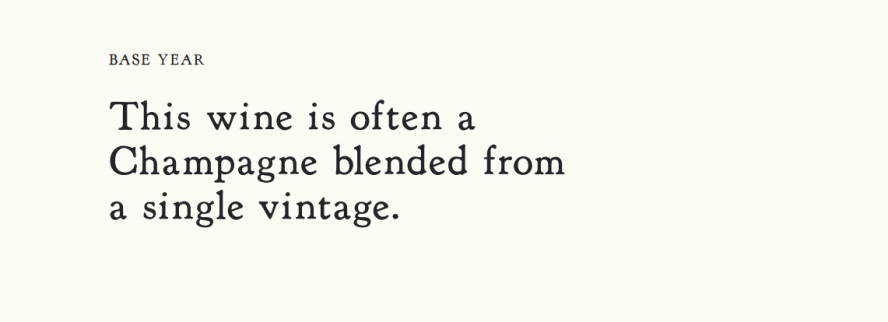Wine Rosé Wine
Le Rosé
Medium Dry
Medium Acid
Medium Body
Bottle
Natural Wine
750 mL
251-500
Producer


TEXTURE
Le Rosé is a blended Champagne that offers two distinct and successive taste profiles. This wine first enrobes the mouth with a mellow texture, then is long on the palate, leaving a delicate and precise consistency
CHAMPAGNISATION
The wines do not tolerate filtration. Filtration would modify the wines' textures too much, and therefore alter the balance of richness/saltiness on the palate. A dosage is added to this Rosé, usually around 5 - 6 g per litre, to help the wine accept aging and integrate the influence of the bubbles from the second fermentation.
AGING
Le Rosé is aged in 228-litre and 350-litre casks. Fermentation is spontaneous, without the addition of yeast or bacteria.
ABOUT US
In the 7th century, the villages' wine growers, situated in Merfy, drew on the heritage of the Benedictine monks from the abbey of Saint Thierry. Generation after generation, Merfy's wine growers, together with the abbey, shaped the viticultural landscapes of our hillsides, meticulously separating each plot according to its geological origins, soils, subsoils, etc. Names were subsequently inscribed on maps of the village, and these became the "lieu-dits," which today nourish the roots of the vines growing there.
A FAMILY HERITAGE
The traces of the wine growers in our family go back to 1490, with Nicolas Taillet, and Fiacre Taillet in 1540. By 1700, a second Fiacre Taillet, an erudite wine grower, was writing his memoirs recounting his lifework, as well as all the important events of the village, the family and his profession. The Chartogne-Taillet family continues this tradition of writing and savoir-faire inherited from this legacy of wine growing.
A SAVOIR-FAIRE & PASSION
Understanding, by way of the saltiness, the textures, the lengths and the tastes, that wine's origins, from which soil and subsoil the vine has drawn its strength and its knowledge. We are the guarantors of this knowledge, to be passed on from one generation to another, from one bottle to the next. Today, our gestures are guided by this transmitted know-how, and we adapt the Benedictines' winemaking practices to the new effervescence of the Champagne region.

